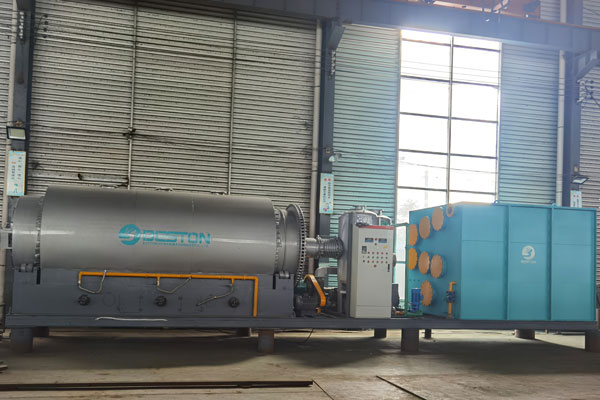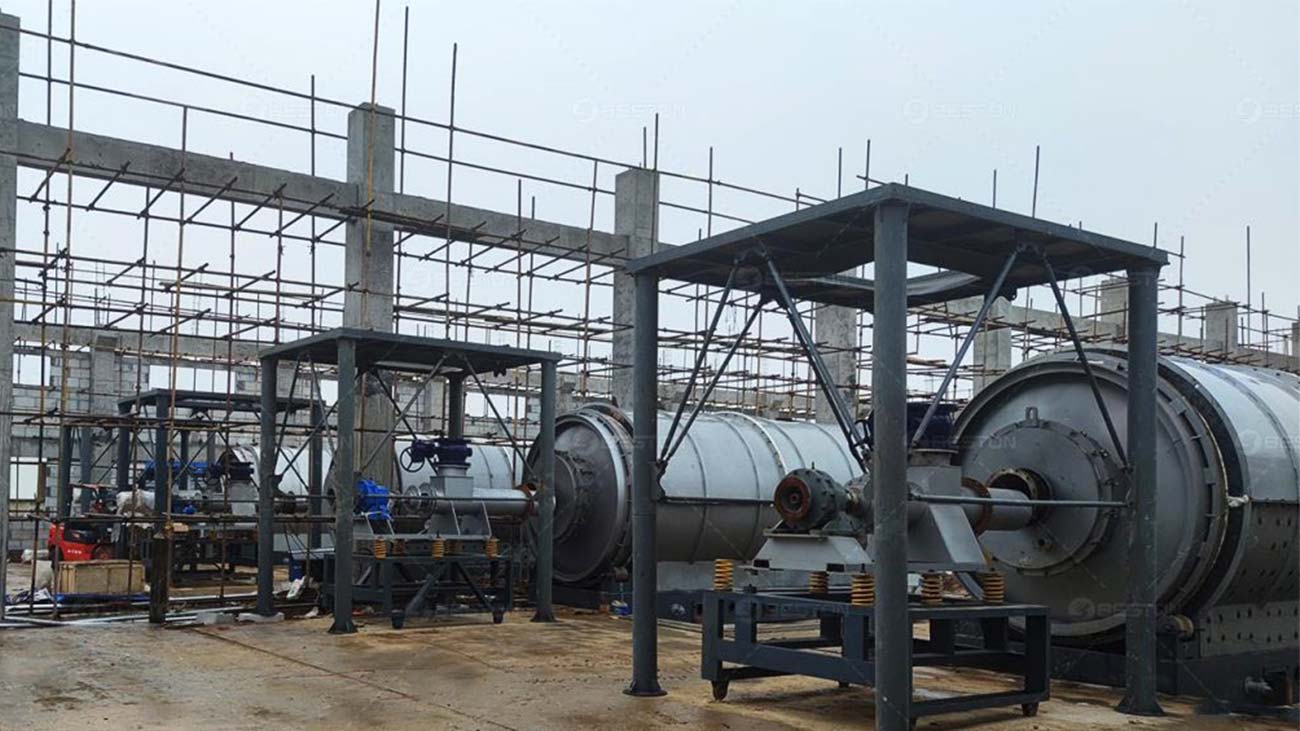The tyre recycling pyrolysis industry has made significant strides in recent years, addressing the global concern of waste tyres while promoting environmental sustainability. This article explores the advancements in tyre recycling through pyrolysis and examines the current state of recycling practices. Pyrolysis, a thermal decomposition process that converts waste tyres into valuable products like oil, carbon black, and steel, has emerged as a promising solution. We will delve into the benefits, challenges, and future prospects of this innovative technology, along with an analysis of the existing recycling conditions. View the tyre pyrolysis machine for sale.

Tyre Recycling Pyrolysis: The Process and Advantages: a) Pyrolysis Process: The pyrolysis process involves heating waste tyres in the absence of oxygen, resulting in the breakdown of complex polymers into simpler hydrocarbon compounds. This allows for the extraction of valuable resources, namely pyrolysis oil, carbon black, and steel wire.
b) Environmental Benefits: Tyre pyrolysis offers several environmental advantages. Firstly, it reduces the burden on landfills by diverting waste tyres from disposal sites. Secondly, it helps mitigate air pollution compared to traditional incineration methods. Lastly, the resulting products from pyrolysis can be used as valuable resources, thus reducing the demand for virgin materials.
c) Potential Applications: The pyrolysis oil produced from waste tyres can be utilized as a substitute for conventional fuels in various industries, including power generation and transportation. Carbon black obtained during pyrolysis can serve as a raw material for manufacturing rubber products, paints, and inks, among other applications. The steel wire recovered from the tyres can be recycled to produce new steel or used in construction projects. This mobile pyrolysis unit is small-capacity model.
Challenges and Improvements: a) Technological Challenges: The tyre recycling pyrolysis industry faces certain challenges, such as the high energy requirements of the pyrolysis process, variations in tyre composition, and the need for efficient emission control systems. Overcoming these challenges necessitates continuous research and development to enhance the efficiency and environmental performance of pyrolysis plants.
b) Regulatory Framework: The lack of comprehensive regulations and standards specific to tyre pyrolysis poses a challenge to the industry’s growth. Governments and regulatory bodies should collaborate with industry stakeholders to establish guidelines that promote safe and sustainable practices while attracting investment in the sector.
c) Scale and Infrastructure: Expanding the scale of tyre recycling pyrolysis operations requires robust infrastructure, including collection networks, storage facilities, and processing plants. Investment in infrastructure development is crucial to enable efficient collection and processing of waste tyres on a large scale.
d) Public Awareness and Participation: Educating the public about the importance of tyre recycling and encouraging their active participation in recycling initiatives are vital steps towards promoting a circular economy. Raising awareness about the benefits of pyrolysis technology can foster support and cooperation from both individuals and businesses.
Recycling Conditions: Current State and Initiatives: a) Global Scenario: The tyre recycling industry has gained momentum worldwide, driven by increasing environmental concerns and government initiatives. Countries like China, India, the United States, and European nations have implemented tyre recycling programs, but the level of adoption varies. The availability of established infrastructure, regulatory frameworks, and economic viability influences the progress of recycling conditions in different regions. View this case: pyrolysis plant Canada.
b) Technological Innovations: Continuous advancements in pyrolysis technology have improved the efficiency and yield of the process. Integrated approaches, such as combining pyrolysis with other recycling methods like mechanical shredding or devulcanization, offer enhanced value recovery from waste tyres. These innovations contribute to the overall effectiveness of tyre recycling systems.

c) Industry Initiatives: Various industry players are actively engaged in tyre recycling pyrolysis. Some have developed proprietary pyrolysis technologies, while others collaborate with research institutions to explore new possibilities. Partnerships between tyre manufacturers, recyclers, and end-users of recycled products foster a circular supply chain and promote sustainable practices.
d) Government Support: Governments play a pivotal role in promoting tyre recycling through policy incentives, tax benefits, and subsidies. Regulatory frameworks mandating the environmentally responsible disposal of waste tyres encourage investment in recycling infrastructure. Additionally, public-private partnerships facilitate the development of sustainable solutions and funding for research and development.
Conclusion
The tyre recycling pyrolysis industry has witnessed significant advancements, offering an effective solution to the issue of waste tyres and contributing to a more sustainable future. The process of pyrolysis allows for the recovery of valuable resources from discarded tyres while reducing the environmental impact. However, challenges such as technological limitations, regulatory frameworks, and infrastructure constraints still need to be addressed. To further improve recycling conditions, it is essential to prioritize research and development efforts, establish comprehensive regulations, invest in infrastructure, raise public awareness, and strengthen government support. By continuing to innovate and collaborate across sectors, we can maximize the potential of tyre recycling pyrolysis and move towards a circular economy that minimizes waste and preserves valuable resources.